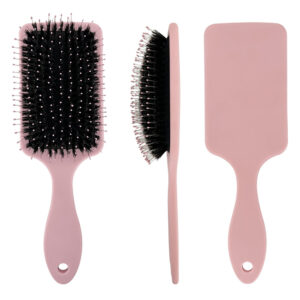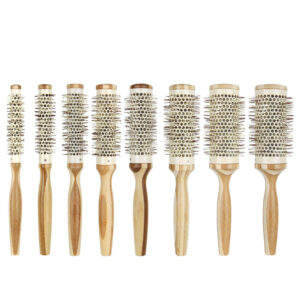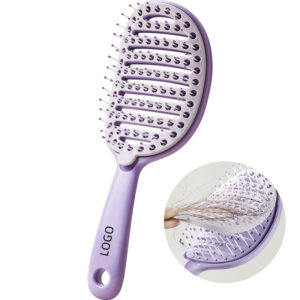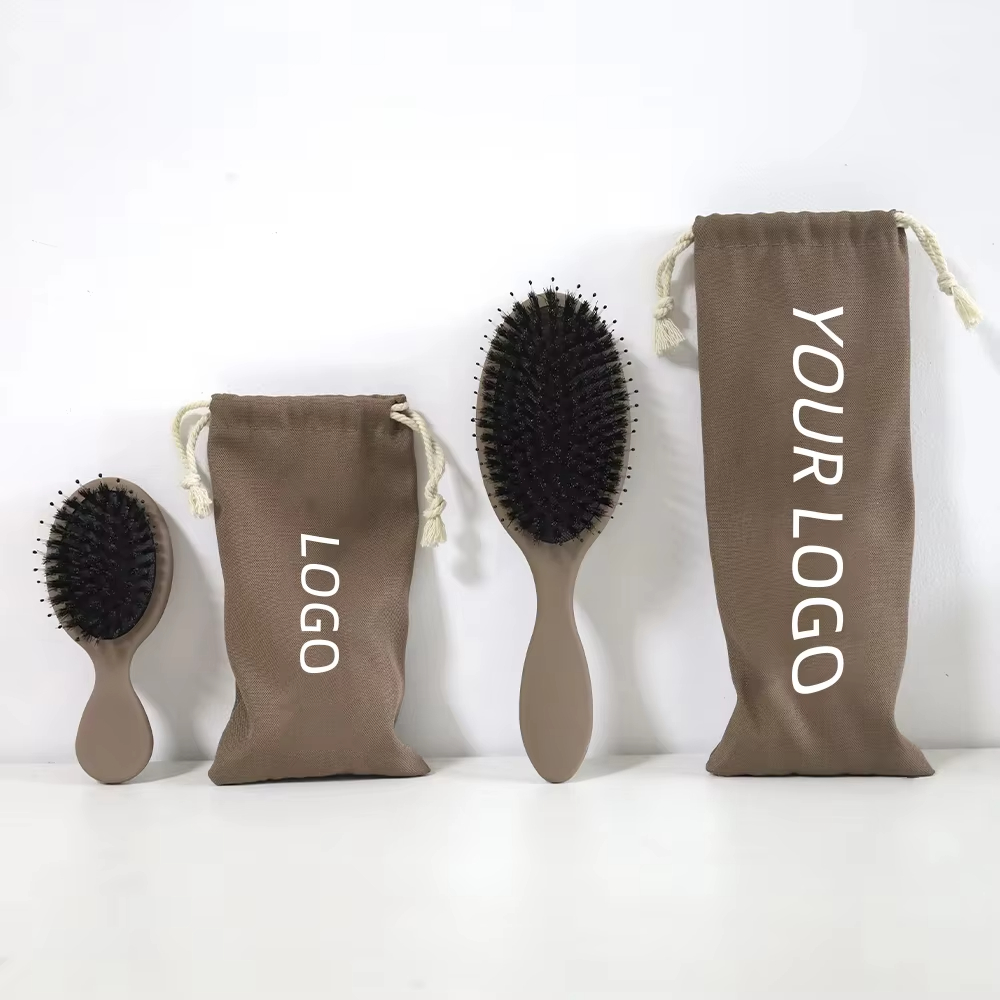Which Brush is Best for Your Hair?
Choosing the right hairbrush can make a world of difference in how your hair looks and feels.
now,With so many different types available, it can be overwhelming to figure out which one works best for your hair type and styling needs. Whether you’re looking to detangle, smooth, or add volume,so understanding the different brush types and their uses essential for maintaining healthy, beautiful hair.
As a company with over 16 years of experience in the R&D and production of high-quality hairbrushes, Yuntes is here to help guide you through the process of choosing the right brush for your hair.
In this guide, we’ll explore the various types of brushes available and help you find the one that suits your unique needs.
Understanding Hairbrush Types
Different hairbrushes are designed for different purposes, and selecting the right one depends on your hair type, styling goals, and personal preferences. Here are the most common types of brushes and their primary uses:
1. Paddle Brush
- Best For: Straight, thick, or long hair
- Use: The large, flat surface of a paddle brush makes it ideal for detangling and smoothing long hair without causing too much breakage. It’s perfect for adding shine and creating sleek, straight styles.
- Why It Works: The wide, flat shape allows you to brush through larger sections of hair, making it efficient for detangling.

2. Round Brush
- Best For: Creating volume and adding curls or waves
- Use: Round brushes are essential for blow-drying and styling hair with volume or curl. The barrel shape allows the hair to wrap around it, helping you create bouncy curls, soft waves, or root lift.
- Why It Works: The size of the round brush determines the curl type—larger barrels create loose waves, while smaller barrels create tighter curls.

3. Vented Brush
- Best For: Fast drying, fine to medium hair
- Use: Vented brushes are perfect for blow-drying because the vents allow heat to circulate through the hair faster. They work best on fine to medium hair, as they can help reduce drying time without causing excessive heat damage.
- Why It Works: The open vents allow air to flow through the brush, speeding up the drying process.

4. Denman Brush
- Best For: Curly or textured hair
- Use: Known for its iconic rubber-based bristles, the Denman brush is perfect for taming and defining curly hair without disrupting the natural curl pattern. It’s also great for creating smooth, defined waves or curls.
- Why It Works: The brush’s smooth, rubberized bristles glide through hair with minimal friction, preventing frizz and breakage while enhancing curl definition.

5. Boar Bristle Brush
- Best For: Fine to medium hair, scalp stimulation
- Use: A boar bristle brush is excellent for distributing natural oils from the scalp to the hair shaft, keeping hair shiny and healthy. It also helps reduce static and frizz, making it a great choice for smoothing out flyaways.
- Why It Works: Boar bristles are gentle on the scalp and hair, and their natural properties help enhance shine and hair texture.

6. Teasing Brush
- Best For: Adding volume and texture
- Use: If you’re looking to add volume, especially at the roots, a teasing brush is your go-to tool. Its fine, densely-packed bristles are designed for backcombing and creating volume without damaging the hair.
- Why It Works: The tight bristles create a backcombing effect, which lifts the hair at the roots, giving it a fuller appearance.

7. Wide Tooth Comb
- Best For: Wet or curly hair
- Use: A wide-tooth comb is essential for detangling wet hair. The wide spaces between the teeth reduce breakage by gently separating strands without pulling or tugging.
- Why It Works: Its wide teeth help glide through knots and tangles with minimal effort, making it perfect for delicate or curly hair.

How to Choose the Best Hairbrush for Your Hair
Choosing the right brush depends on several factors, including your hair type, texture, and styling needs. Here’s a breakdown of what to consider:
1. Hair Type
- Fine Hair: Choose a brush with soft bristles (like a boar bristle brush or a vented brush) to prevent breakage. Avoid brushes with overly dense bristles that can pull on the hair.
- Thick Hair: A paddle brush or a round brush with stiff bristles works best to handle the weight and density of thick hair.
- Curly Hair: A Denman brush or a wide-tooth comb will help detangle and define curls without disrupting their shape.
2. Hair Condition
- If your hair is damaged or prone to breakage, opt for brushes with soft, flexible bristles, like boar bristle brushes or wide-tooth combs, which reduce tension on the hair.
3. Purpose of Styling
- For Smoothing: A paddle brush or boar bristle brush can help achieve a sleek, smooth finish.
- For Volume and Curling: Use a round brush or a teasing brush to create volume and curls during blow-drying.
4. Material of the Brush
- Natural Bristles: Brushes made with boar or natural bristles are gentle on the hair and scalp and can help distribute oils, adding shine and reducing frizz.
- Synthetic Bristles: Synthetic bristles are more durable and tend to work better with thicker or coarser hair types.
Key Tips for Brushing Your Hair
- Always brush hair gently, starting from the tips and working your way up to avoid tugging or breaking hair.
- If you have curly hair, avoid brushing it when dry, as it can cause frizz and disrupt curl patterns. Instead, use a wide-tooth comb or a Denman brush when hair is wet.
- Clean your brushes regularly to remove hair, product buildup, and dust, which can lead to scalp irritation.
Conclusion
The best hairbrush for your hair ultimately depends on your hair type, texture, and specific styling needs. Whether you’re detangling, smoothing, adding volume, or defining curls, there’s a perfect brush for every purpose. Be sure to select a brush that complements your hair’s unique characteristics and always treat your hair gently to avoid damage. With the right tools and techniques, you can achieve healthy, shiny, and beautiful hair every day.






